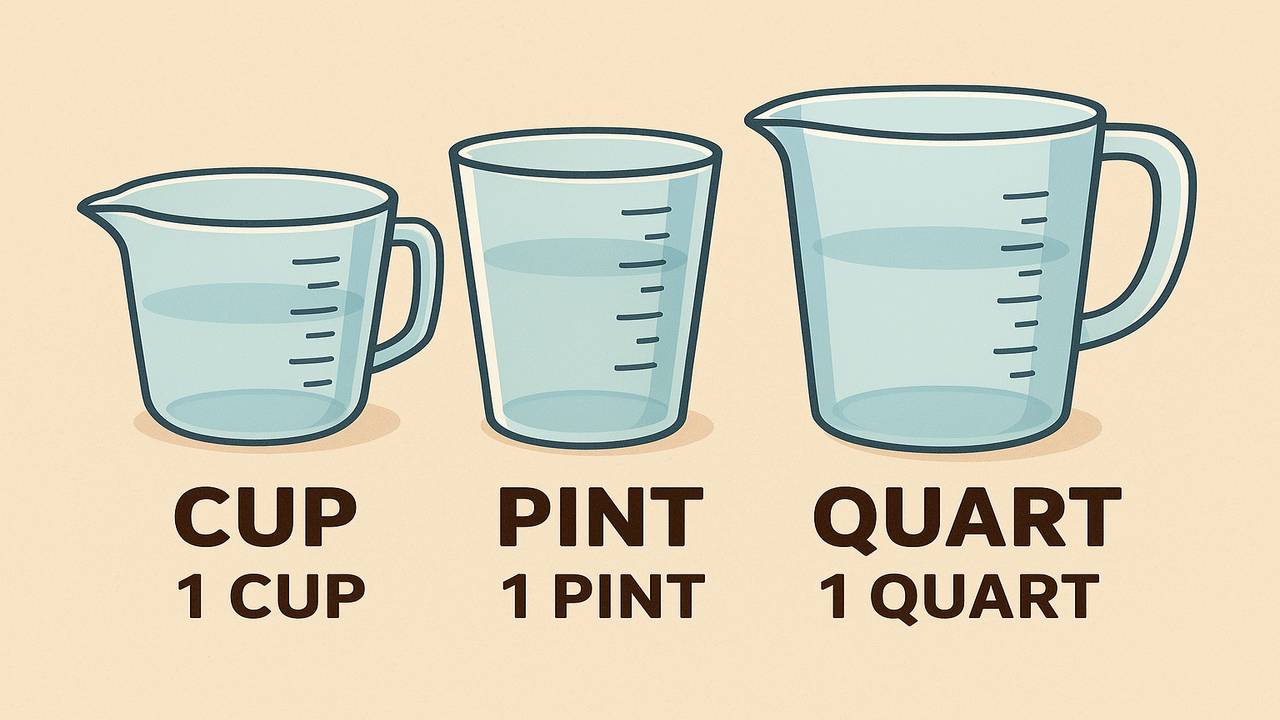The truth is that many people wonder about the difference between milliliters and cups. So, why should you use one instead of the other?
When you are trying to measure liquid items or ingredients, both milliliters and cups can be used. So, before you decide on which one it is better to use or the one that you prefer, let’s check both measurement units in detail.
What is A Milliliter?
Simply put, a milliliter can be abbreviated as ml or mL. A milliliter is a unit of volume in the metric system. When you are trying to compare the milliliter to the liter, then you need to keep in mind that one milliliter is equal to one-thousandth of a liter, or 1 cubic centimeter.

When you take a look at the imperial system, then you probably can easily recognize that we are talking about a very small unit of measurement. After all, 1 milliliter is equal to 0.004 of a cup, 0.002 of a pint, 0.001 of a quart, and 0.00026 of a gallon.
Use our calculator to convert ounces to milliliters.
The Difference Between The Metric System And The Imperial System
One of the things that you need to always keep in mind about units of measurement is the fact that there isn’t only on measuring system in the world. While there are others, the two most important ones and the metric system and the Imperial system. Just to give you an idea, the only countries that don’t use the metric system in the world are the United States, Liberia, and Myanmar.
In what concerns the U.S. System of weights and measures, you need to know that it is based on the Imperial System which is also known as the British Imperial System.
The main difference between the two measurement systems is the way they measure ingredients or items. In the case of the metric system, it tends to primarily measure ingredients by weight. On the other hand, the Imperial System measures ingredients by volume, making conversions between them especially tricky when it comes to cooking and baking.
Cups Aren’t Always Equal To One Cup
In order to understand better milliliters and cups, you need to understand that cups aren’t all the same. The truth is that they aren’t standard in size.
Here are some of the most popular cup sizes:
#1: Legal US Cup:
This is the measurement unit that is used in cooking units, nutrition labeling and serving sizes in the United States. One legal US cup is equal to 8 U.S. fluid ounces.
#2: Customary U.S. Cup:
This is how much a standard U.S. drinking cup tends to hold.
Take a look at how you can easily convert ounces to milliliters.
#3: Imperial Cup:
As we already mentioned, the Imperial or British system of measurement is different from the U.S. Customary System. Therefore, the Imperial system measures fluid ounces differently than the U.S. system.
According to this measurement system, 1 Imperial cup is equal to 9.61 U.S. fluid ounces (or 10 imperial fluid ounces), making it slightly larger than one legal U.S. cup. The difference is negligible for a single cup but noticeable in large quantities.
#4: Metric Cup:
This cup is derived from the metric system. However, it’s not really a part of the modern metric system which is known as the International System of Units.
According to this system, 1 metric cup is equal to 8.45 U.S. fluid ounces, making it slightly larger than one legal U.S. cup but slightly smaller than one imperial cup.

Leave a Reply